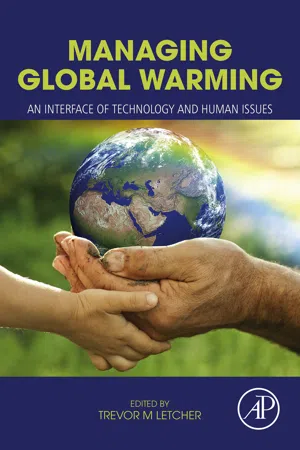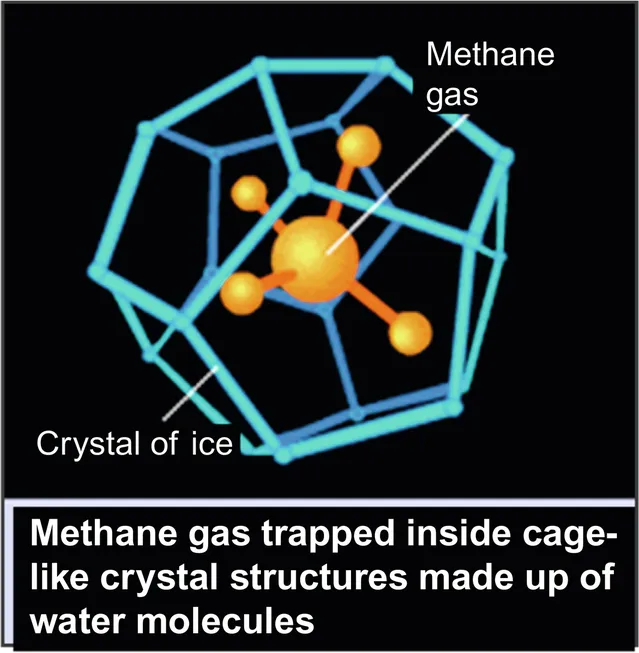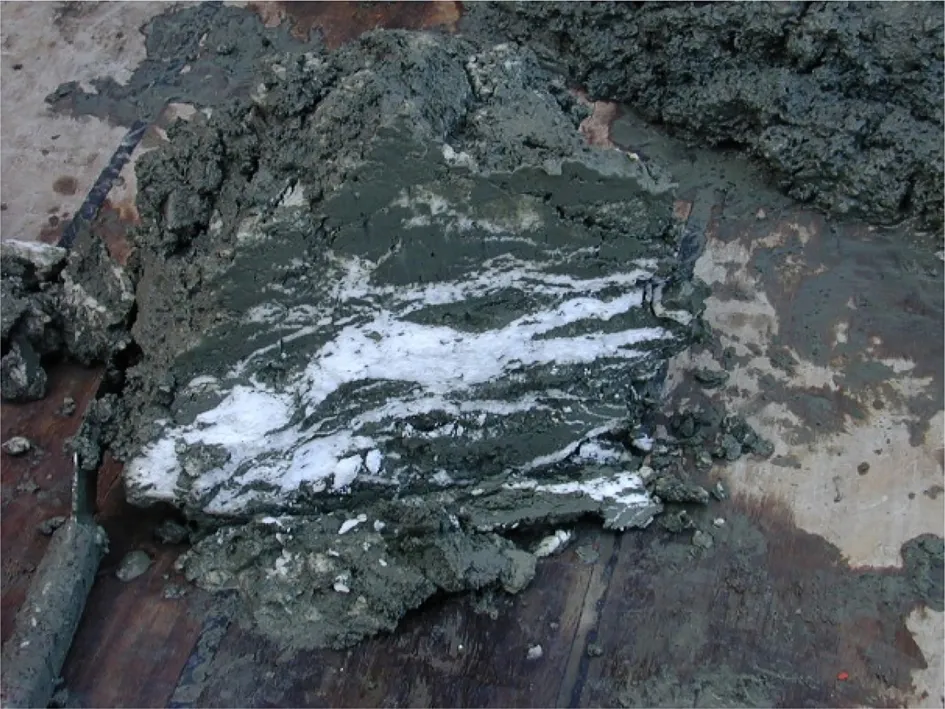
Managing Global Warming
An Interface of Technology and Human Issues
- 820 pages
- English
- ePUB (mobile friendly)
- Available on iOS & Android
About this book
Managing Global Warming: An Interface of Technology and Human Issues discusses the causes of global warming, the options available to solve global warming problems, and how each option can be realistically implemented. It is the first book based on scientific content that presents an overall reference on both global warming and its solutions in one volume. Containing authoritative chapters written by scientists and engineers working in the field, each chapter includes the very latest research and references on the potential impact of wind, solar, hydro, geo-engineering and other energy technologies on climate change.With this wide ranging set of topics and solutions, engineers, professors, leaders and policymakers will find this to be a valuable handbook for their research and work.- Presents chapters that are accompanied by an easy reference summary- Includes up-to-date options and technical solutions for global warming through color imagery- Provides up-to-date information as presented by a collection of renowned global experts
Frequently asked questions
- Essential is ideal for learners and professionals who enjoy exploring a wide range of subjects. Access the Essential Library with 800,000+ trusted titles and best-sellers across business, personal growth, and the humanities. Includes unlimited reading time and Standard Read Aloud voice.
- Complete: Perfect for advanced learners and researchers needing full, unrestricted access. Unlock 1.4M+ books across hundreds of subjects, including academic and specialized titles. The Complete Plan also includes advanced features like Premium Read Aloud and Research Assistant.
Please note we cannot support devices running on iOS 13 and Android 7 or earlier. Learn more about using the app.
Information
Methane hydrate as a “new energy”
† Yamaguchi University, Japan
1 Corresponding author: [email protected]
Abstract
Keywords
7.1 Introduction
7.1.1 What is methane hydrate?


7.1.2 Where is the reserve and how much?


7.2 Production methods

7.2.1 Thermal recovery method

7.2.2 Depressurization method

Table of contents
- Cover image
- Title page
- Table of Contents
- Copyright
- List of contributors
- Section A: Introduction
- Section B: Reducing CO2: Fossil Fuels, Nuclear Energy
- Section C: Reducing Greenhouse Gases: Renewables and Zero Carbon/Carbon Neutral Forms of Energy and Electric Cars
- Section D: Reducing CO2: Industry, Farming and Improved Efficiency
- Section E: Geo-Engineering
- Section F: Environmental and Human Issues
- Index